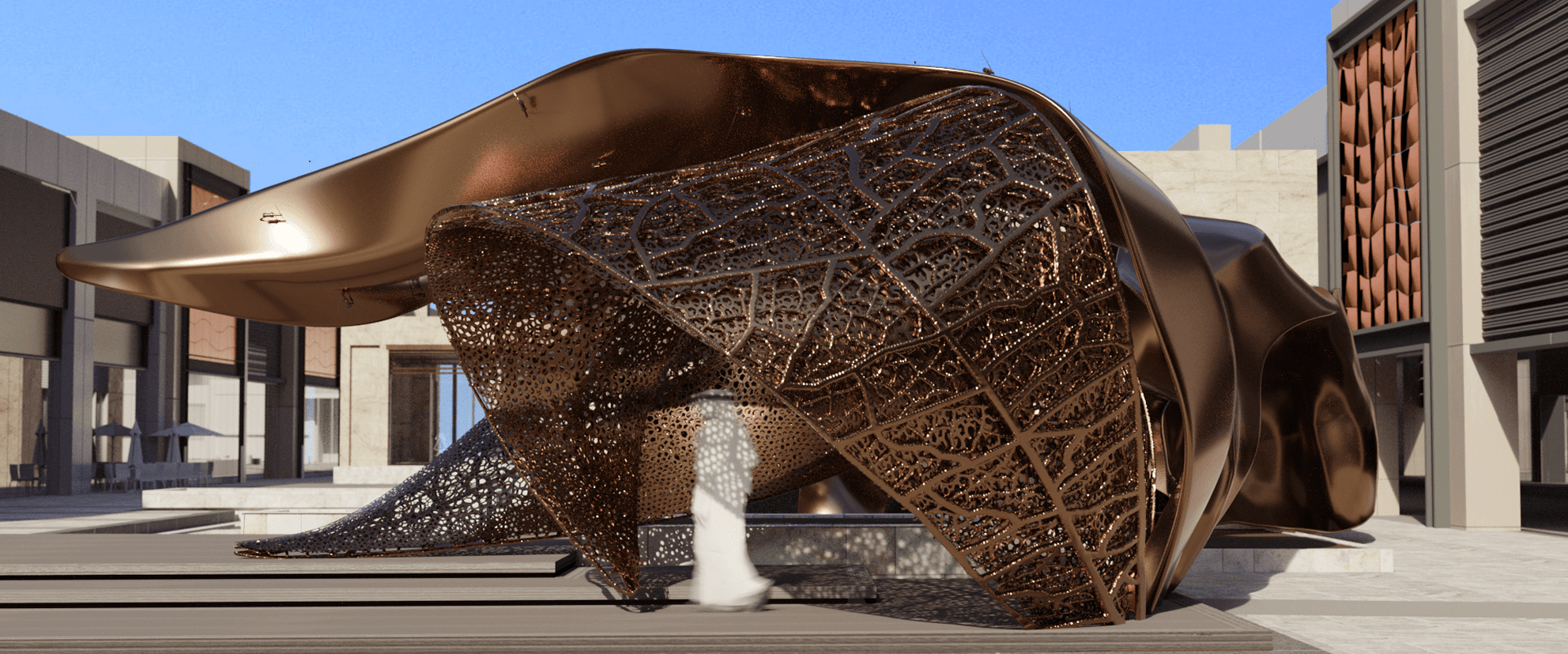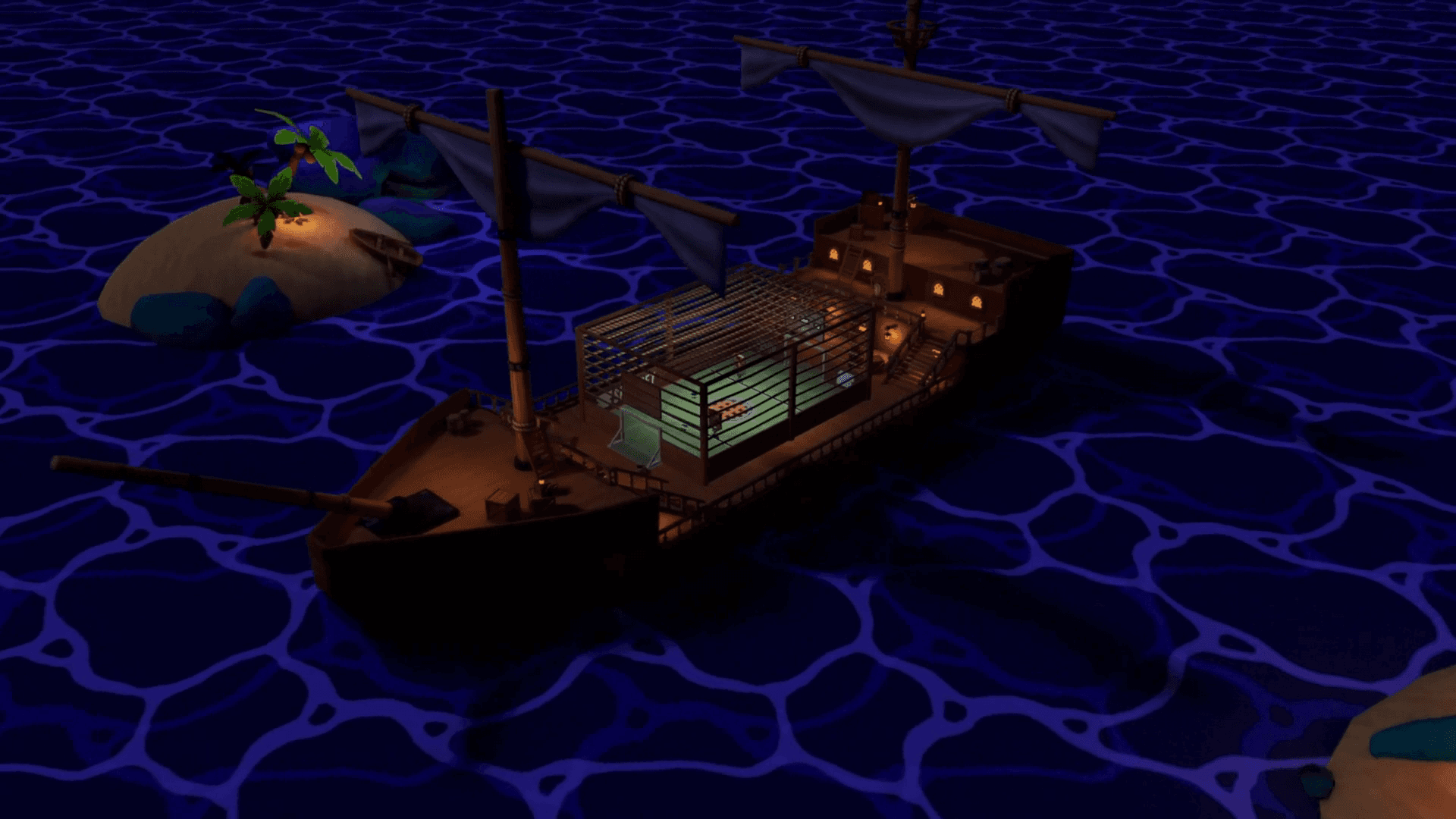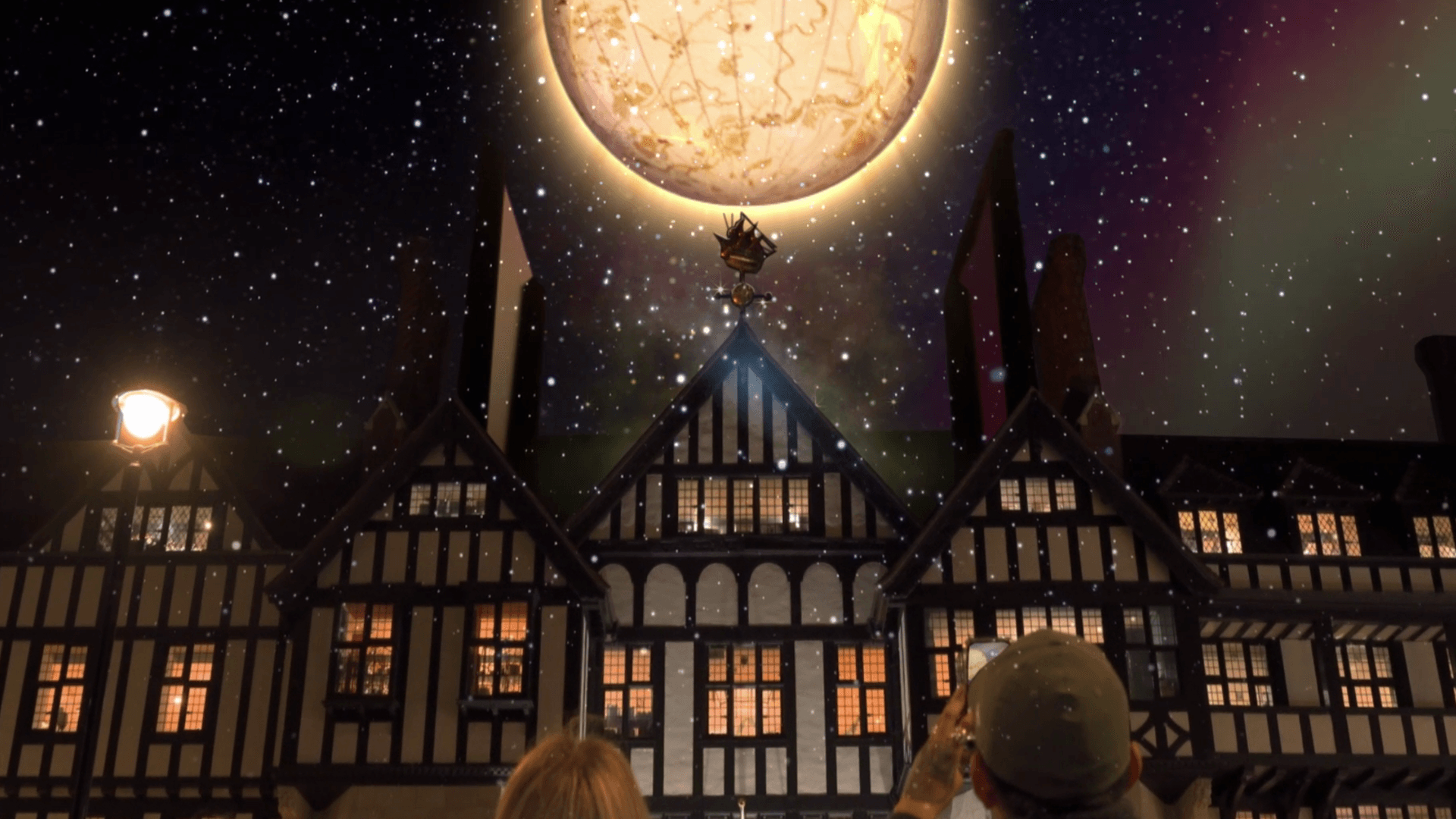How to animate a photo with AI: practical guide & tools
Learn how to animate a photo with AI, which tools to use, and when to rely on professionals for consistent, high-quality results.
How to animate a photo with AI: complete guide
Artificial intelligence is revolutionizing the way we create images, videos, and digital content. Among the most popular and visually impactful applications is animating a photo with AI: a process that transforms a static image into a dynamic, engaging sequence, similar to an image-to-video output generated by advanced models.
In this guide, we explain how AI photo animation works, which tools you can use to create a realistic animated photo, and when it’s better to rely on professionals like Ophir Studio for a high-quality result.
What does it mean to “animate a photo” with artificial intelligence?
Animating a photo means generating movement from a static image. AI interprets volume, depth, and keypoints of the subject and, through generative models and keypoint detection techniques, produces a coherent animation.
The final result can be:
- a short video clip
- a looped movement
- a cinematic effect
- a simulation of real-life motions (eyes, lips, hair…)

Difference between an AI-animated photo and a traditional video
A traditional video is created from real footage. By contrast, an AI-animated photo is generated from a single static image, enhanced through machine learning models that predict and recreate motion simulating micro-expressions and natural variations.
Why AI has revolutionized photo animation
Artificial intelligence has radically changed the way images can be animated. Thanks to generative models, it’s now possible to create movement from a single photo, simulating credible expressions and micro-dynamics without complex techniques like motion capture. AI also enables infinite variations, adaptable animation styles, and automated processes that once required advanced technical skills. This combination of speed, accessibility, and quality makes AI an increasingly popular tool in marketing, advertising, content creation, and visual storytelling.
How to animate a photo with AI: main steps
1. Preparing the image
Preparation is essential, because the quality of the image directly affects the final result. A well-lit, sharp, high-resolution photo allows AI to detect shapes, volume, and details, reducing the risk of artifacts or distortions during animation. A clean, uniform background also helps separate the subject and improves animation coherence.
2. Choosing the movement or effect
The second step is defining the type of animation you want. Modern AI tools allow movements ranging from realistic to highly creative. This is where you decide the direction of the content, a subtle effect for corporate imagery, something more expressive for social media, or an artistic look for experimental campaigns. Possible animation types include: natural micro-movements (breathing, eyes, hair), facial expression animation, AI-generated environmental motion (water, sky, smoke, lights), or creative and surreal effects.
3. Generating the animation: how the algorithm works
Once the animation type is chosen, the AI model takes over. The software analyzes the photo by detecting keypoints of the subject, scene depth through a depth map, rigid vs deformable areas and temporal coherence to avoid glitches or jumps. The algorithm predicts plausible motion and reconstructs it frame by frame, generating a fluid video sequence via image-to-video generation and motion estimation.
4. Refinishing and final optimization
The final step focuses on refinement. Even the best AI models may produce minor artifacts or inconsistencies, which is why post-production is important. This phase corrects imperfections, stabilizes movement, and enhances visual quality through color grading or micro-retouching.
The process includes artifact correction, motion stabilization, color and contrast adjustments, and exporting in the most suitable formats (MP4, GIF, WebM). This stage is often what separates an “amateur result” from a truly professional animated photo.
If you're a beginner, here you can find courses, templates, and useful resources to get started.

Tools to animate a photo with AI
Free and online software
For anyone looking to experiment quickly without technical skills, several online tools can animate a photo in just a few clicks. They’re ideal for tests, social content, and quick micro-animations. Examples include D-ID, Runway (free limited version), Pika Labs, LeiaPix, CapCut AI Photo Animation.
Pros: instant access, ease of use, fast generation times.
Cons: limited creative control, inconsistent quality, possible watermarks and export restrictions.
Professional and advanced tools
For a truly professional resul, more stable, controlled, and visually coheren, advanced tools are required, often integrated into complex 3D pipelines or custom workflows. These solutions provide full control over animation curves, visual consistency, and high-precision movement without distortions.
Examples of professional-grade tools include Nano Banana Pro, Midjourney, and Sora.
When AI is enough and when to involve professionals
Limitations of automatic tools
Consumer-level AI animation tools are great for quick experiments but fall short when it comes to motion realism, texture handling, and temporal fluidity. When stability, natural movement, and visual consistency are required, these tools quickly reach their limits.
Why AI cannot replace creative direction
AI can generate motion but it cannot determine meaning. Creative direction defines the storytelling, the communication tone, the visual coherence with the brand and the alignment with marketing objectives. Without strategic vision, the animation risks being just a visual gimmick without communicative value.
Benefits of working with a professional team
High visual quality: a specialized team ensures full control over lighting, composition, movement, colors, and continuity, resulting in clean, coherent, aesthetically pleasing animation.
Brand and strategic coherence: a professional animation isn’t just a visual effect; it is designed as part of a broader visual strategy aligned with brand language, values, and objectives.
Advanced customization: a professional team can go beyond consumer tools by integrating 3D elements, rebuilding environments, creating cinematic animations, and developing custom pipelines based on AI and professional software.
Use cases of AI photo animation for brands
Marketing & social media
AI-generated animations turn a simple image into dynamic, highly engaging content, ideal for Instagram, TikTok, LinkedIn. Micro-videos capture attention, increase watch time, and improve social media performance.
Digital advertising
Animated photos become high-impact assets for ad campaigns, landing pages, banners, and promotional videos. AI makes it easy to create quick variants for A/B testing and performance optimization.
Presentations and events
In keynotes, trade shows, and product launches, animated images communicate emotions and highlight key messages. They work perfectly on LED walls, immersive screens, and multimedia displays.
Conclusion: AI can be a creative ally
Animating a photo with AI is a fast and effective way to bring visual content to life. It transforms a static image into a dynamic, engaging asset. Automatic tools are ideal for basic use or experimentation, but when a truly professional result is needed, aligned with brand identity, communication goals, and high visual standards, human expertise remains essential.
At Ophir Studio, we use AI only when it truly benefits the client — for example, to optimize timelines, simplify production phases, or reduce budget while maintaining quality. The combination of creativity, technical expertise, and generative technologies allows us to deliver controlled, clean, and highly customized animations.
If you want to bring new life to your images or integrate AI into your content in a strategic and professional way, contact us for a dedicated consultation.
FAQ
How do you animate a photo with AI?
To animate a photo with AI, upload the image into an online tool or dedicated app, select the desired effect (facial motion, loops, 3D effects, micro-movements), and let the model automatically generate the animation.
Which tools can I use to animate a photo with AI?
There are free and beginner-friendly tools that animate photos in seconds. These include online apps with automatic AI animation effects (motion, water, wind), as well as video editors with built-in AI animation features.
Can I customize the animation generated from a photo?
Yes. Many tools allow you to adjust movement intensity, add environmental effects, choose visual styles, and modify depth or perspective. Advanced platforms also provide control over animation curves and temporal fluidity.
Can AI animate any photo?
Generally yes, but the quality depends on the original image. Blurry, dark, or partially obstructed photos can cause distortions or unnatural movements. For optimal results, use well-lit, high-resolution images.
What format do you get after animating a photo?
Most tools export as MP4 (video), GIF (short animation), or WebM (web-optimized format).
Contact us!





